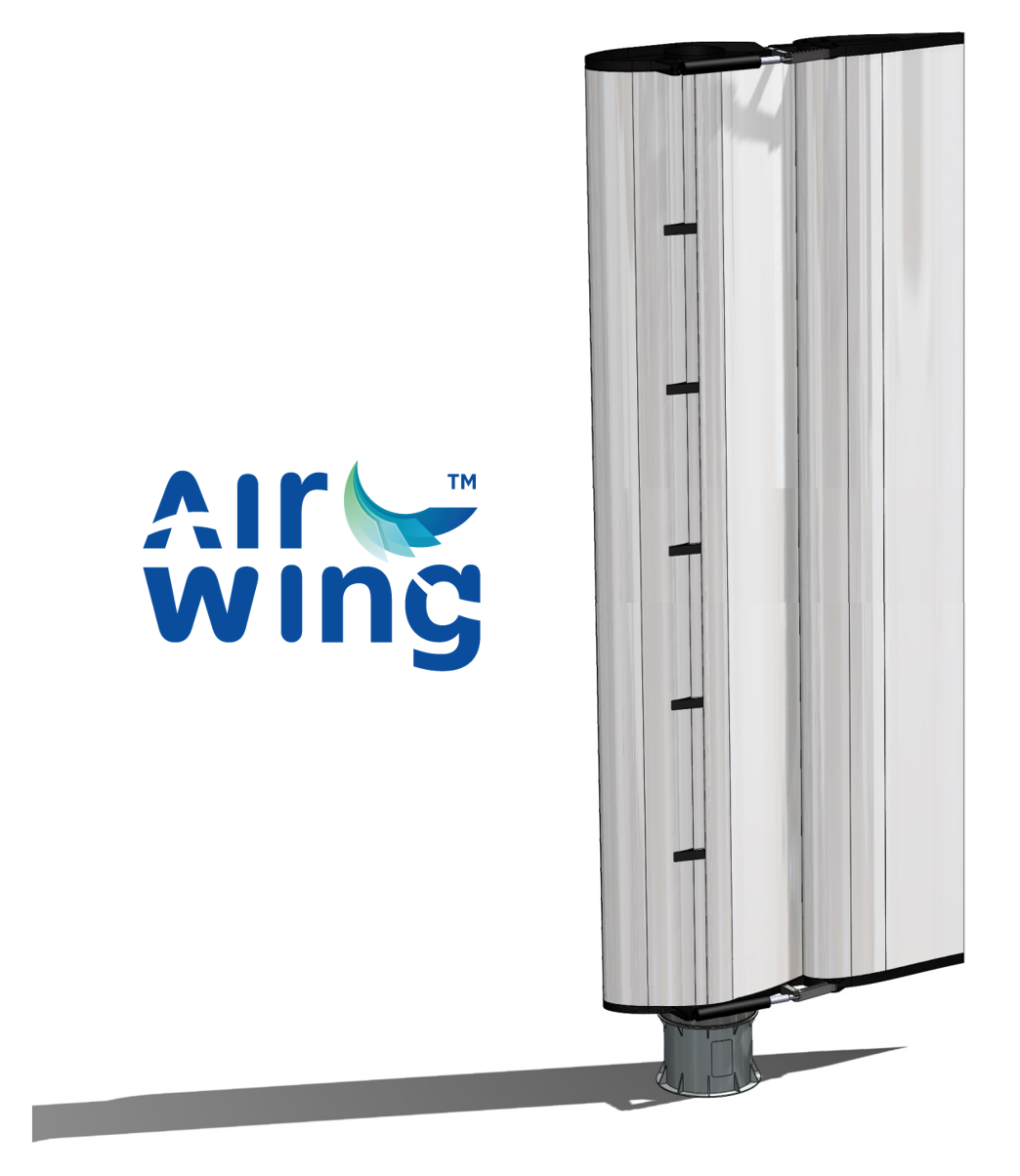The Port of Antwerp has published its third Sustainability Report that uses over 80 indicators to measure sustainability across laws and regulations, quality of the environment, water consumption and emissions.
The Sustainability Report shows that the Port has been successful in creating added value in a sustainable way, with upward economic growth since 2009 and increased employment as well as progress in safety and the environment. The third report deals more widely with various themes that have been identified by different stakeholders and has taken into account the input from various work groups that deal with particular subjects.
In contrast to the previous versions that were divided into People, Planet and Prosperity, this report is split into the following themes that take these 3Ps into account:
1) Defining the relevant themes from the point of view of sustainability, by the port community and by external parties involved;
2) Dialogue with port users concerning sustainability, organised within the framework of the Business Plan for Antwerp Port Authority; and
3) A survey of how the port is experienced by those who live and work nearby.
The new design of the report is intended to make reading more accessible and to draw upon the theme of mobility as a separate issue with particular attention given to the various modes of freight transport. The results of the report show that more sustainable modes of transport are growing, albeit at a slow rate.
The report shows that the container volume of the port has grown significantly with a volume of more than 9 million TEU handled in 2014 with it expected to continue growing. The report states that good mobility is essential to keeping the port in its competitive state, meaning that it has to remain connected to the hinterland with all flow of goods, people and information organised as smoothly and efficiently as possible. The port states that it will aim to make the modal split between road, barge and rail as sustainable as possible by 2030 and for all categories of freight to achieve a split of 40-40-20 (road-barge-rail). To achieve this the port community is implementing an action plan covering all aspects of sustainable mobility policy: optimising the infrastructure, improving the peripheral conditions, and raising the efficiency and safety.
In recent years the port has offered extensive environmental services for shipping, including waste collection and onshore power supply. In light of the January 1, 2015 0.1% sulphur cap in Emission Control Areas (ECAs), the port made available low-sulphur fuel, which is also now produced within the port, to ensure compliant fuel is available to ships calling at the port.
This third report was initially published in Dutch in October 2015.
The English version of the Third Sustainability Report can be viewed by clicking here.
Ship Efficiency Review News
To contact the reporter responsible for this article, please email editor@fathom-mi.com
































